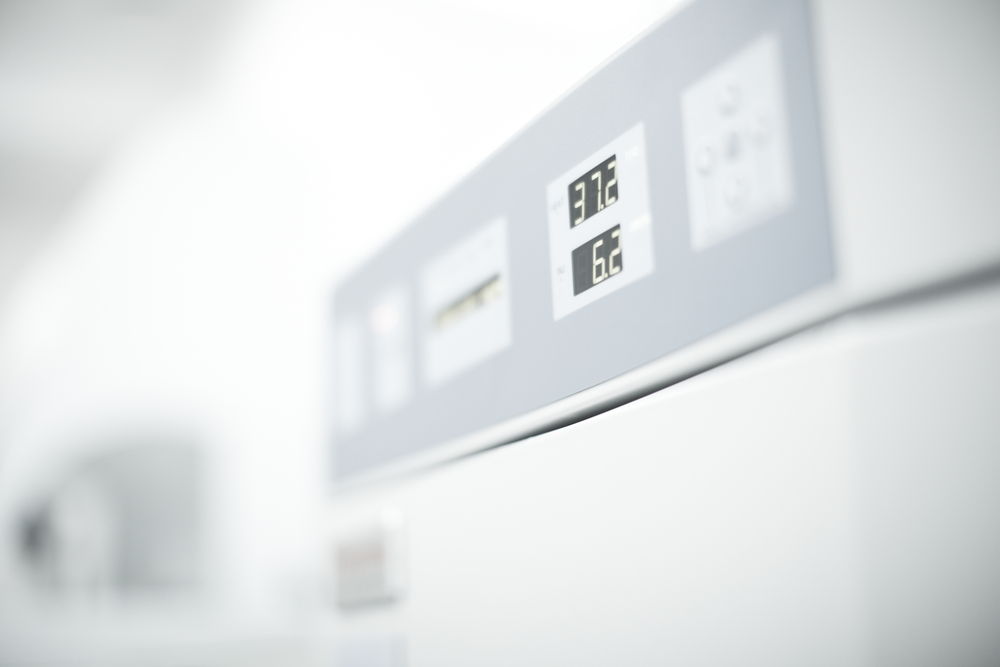
5 Tips to Running a Cost-Efficient Lab
Every lab employee knows just how quickly things can go seriously wrong. Lab equipment is delicate, and often very expensive. A few careless missteps can lead to severe problems. Fortunately, there are ways to maintain a lab and prevent costly disasters. You can keep your lab cost-efficient, eco-friendly and productive with just a few simple, reliable practices. Some of these practices involve repairing equipment yourself. Others involve efforts to prevent these issues from occurring at all.
Cryostar Industries is the Tri-State Area’s leading laboratory repair and equipment rental service. As experts in the field, we understand the importance of running a lab smoothly and efficiently.
1. Know Your Lab Equipment Manuals
Of course, we don’t expect you to memorize every instruction manual. However, the more familiar you are with them, the more likely you are to have properly-functioning equipment.
Just like any device you’d buy in a store, lab equipment always comes with a manual. Most of us only open the manual if we run into trouble setting it up or operating it. However, with lab equipment, the manual’s critical for numerous other reasons.
The manual is the manufacturer’s specific, direct guidelines. And lab equipment suppliers include them for a reason. In fact, manuals outline (in vivid detail) cleaning, care and maintenance, troubleshooting, error codes and more. Therefore, if you consult them studiously, you’ll prevent serious (and expensive) troubles with equipment in the future.
2. Have a Maintenance Schedule
We highly recommend that lab managers develop specific, basic maintenance schedules. When it comes to freezers and refrigerators, there are numerous ways to protect your investment with simple maintenance measures.
If you commit to regular maintenance, it’s a sure way to keep equipment functioning. Simply calibrating CO2 incubators or checking your freezer’s gasket seals can be wildly beneficial for your bottom line.
3. Clean Your Lab
Now this might seem painfully obvious, but hear us out. Even the simplest of cleaning or sterilization techniques can have a colossal impact on your lab’s long-term savings.
Ice build-up within freezers, carbon dust accumulation and air filter contamination are just some issues that often cause huge problems in the future. Eliminating them and ensuring decontamination before they affect you is the best way to prevent costly disasters.
Investing in cleaning tools is another way to keep things running smoothly. Smaller cleaning equipment such as vacuum cleaners or cans of compressed air are inexpensive tools to preserve the quality of machinery.
With anything in the lab that uses filters, it’s critical to consult the manual to check how often they need to be replaced. Many lab workers usually neglect the filters in their equipment and forget they need changing. For example, properly cleaning CO2 incubators requires replacing the HEPA filter regularly. As a result, the CO2 incubator stays in great shape from such a simple task. Filters are imperative to keeping compressors working, airborne dust out and preventing overheating.
Scientists and lab workers rely on their equipment for research. Taking simple cleaning measures will prevent disruptions in work.
4. Keep a Tool Kit Handy
Often, the problems that lab equipment experiences have easy solutions. In the event that an issue’s beyond your repair skills, that’s where the specialists at Cryostar can assist you.
A basic lab tool kit includes basic items like a flashlight, a flat-head and Phillips-head screwdriver, a crescent wrench, pliers, vise grips, needle-nose pliers, scissors, measuring tape, a hammer and a pocket knife.
Of course, there are additional tools you’re likely to find very helpful. Usually, compressed air, socket wrenches, a drill, electrical tape and lubricants like WD-40 come in handy when assembling a tool kit.
Without a doubt, you’ll inevitably be grateful to have these items within reach at a certain point. At first, several breakages can initially appear very serious. However, you’ll find that it’s possible to fix them with one or two items from a simple lab tool kit.
5. Know When You Need Help
Obviously, some equipment problems have simple solutions. However, it’s important to know when you need help.
In countless cases, lab employees attempt to fix equipment without understanding the repair’s well beyond their capabilities. As a result, they create much bigger problems, and leave the equipment in a much worse condition. Of course, fixing broken equipment yourself is possible, at times. However, it’s extremely important to understand when it’s not.
Here at Cryostar, we provide equipment repair and lab equipment rentals. In the event of disrepair, both of these services can keep your work on schedule and your lab running efficiently.
Conclusion
Modern labs rely on their equipment to do their work every single day. Simply put, it’s essential to doing the job. Disrepair and breakage can lead to prohibitive expenses. In addition, many research facilities simply can’t afford to have their machinery not working, even for brief periods.
Employing these methods and collaborating with Cryostar Industries is the surest way to achieve cost-efficiency and a much more productive work environment.
| Call for Immediate Lab Services |
|---|
| Long Island, Nassau & Suffolk County Call: 516-333-4006 |
| The Bronx, Manhattan, Brooklyn, Queens, & Staten Island Call: 718-885-0833 |
| Albany & Southern New York State Call: 800-564-5513 |
| Piscataway, Northern & Central New Jersey Call: 800-564-5513 |
| Danbury Connecticut & Surrounding Areas Call: 203-748-7343 |
24/7 Emergency Service |